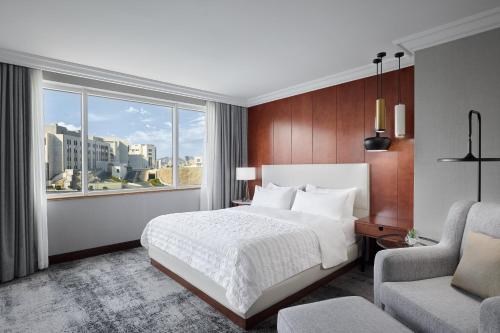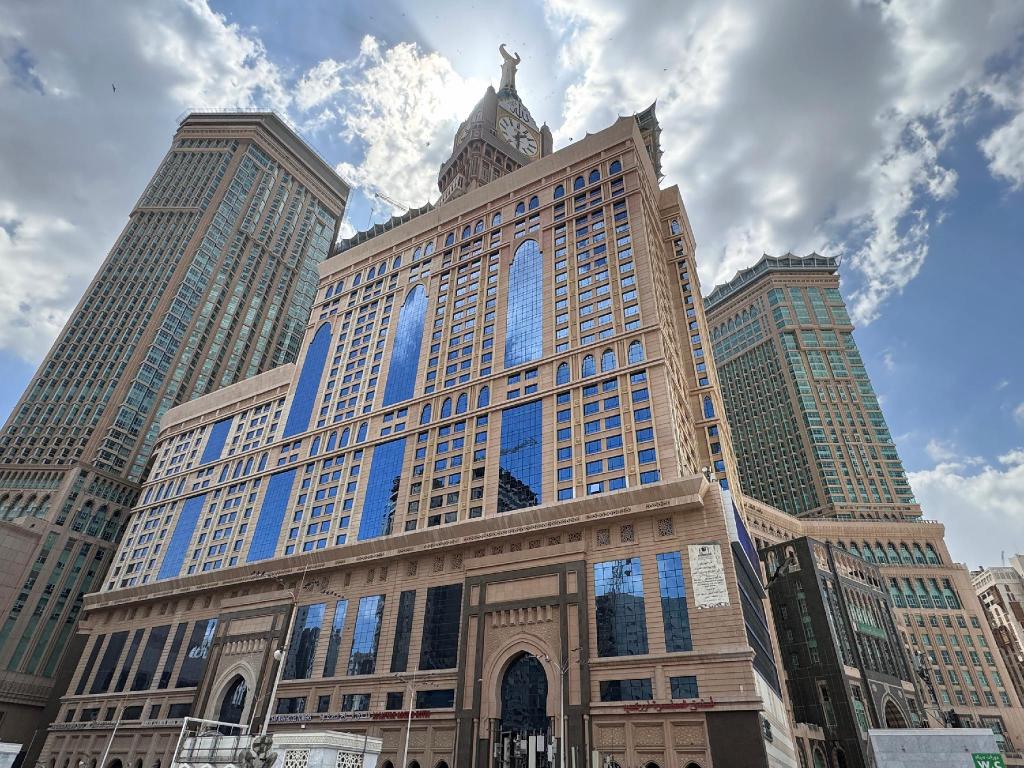9 Things You Didn’t Know About the Kaaba
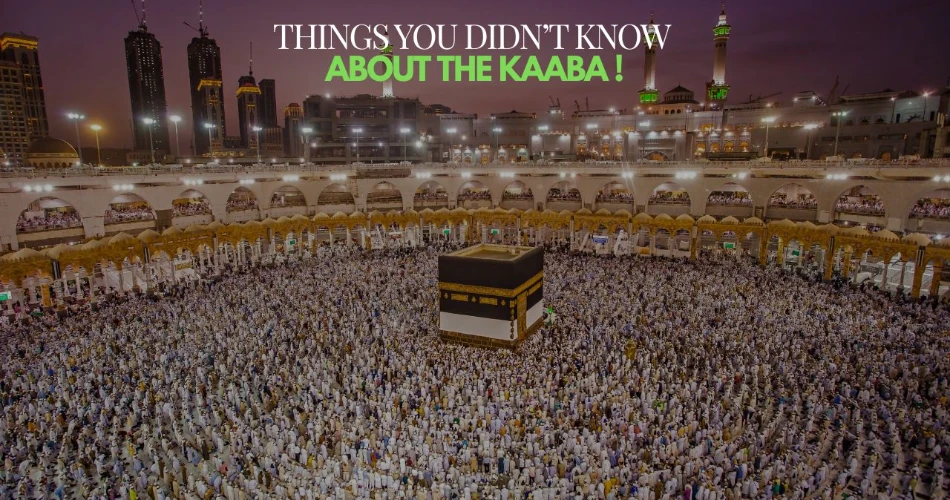
The Kaaba, located inside Masjid Al-Haram in Makkah, Saudi Arabia, has long been a powerful symbol of unity and devotion for millions of Muslims across the world. But beyond its iconic black-and-gold exterior lies a rich and fascinating history, full of little-known facts and rare details. From its hidden interior to ancient architectural features, there’s so much more to this sacred site than meets the eye.
So, if you think you already know the Kaaba — think again.
Here are nine amazing facts that might reveal a whole new side of this revered landmark.
The Existence of Two Sacred Kaabas
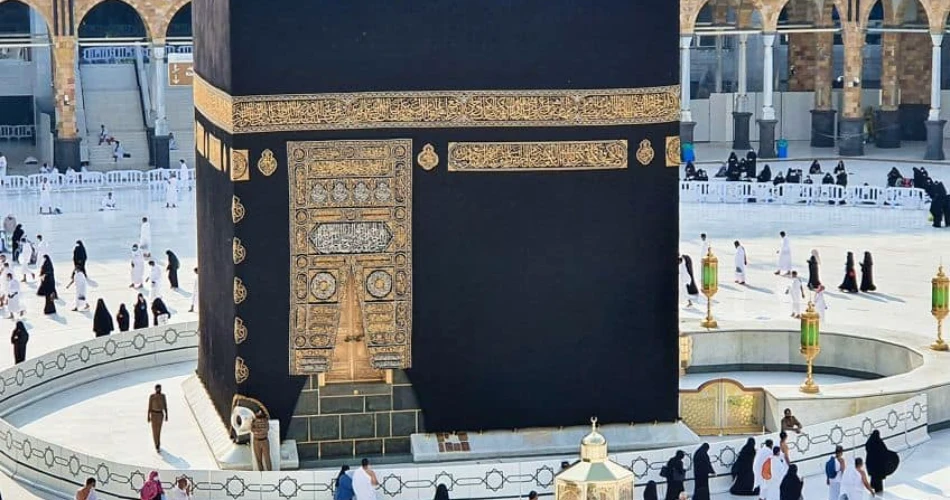
Did you know there are actually two Kaabas? One is here on Earth, in Makkah, and the other is in the seventh heaven, directly above it. This heavenly Kaaba is called Al-Bayt Al-Ma'mur. During the miraculous Night Journey (Isra and Mi'raj), the Prophet Muhammad (PBUH) mentioned:
“Then I was shown Al-Bayt Al-Ma'mur. I asked Jibreel about it and he said, ‘This is Al-Bayt Al-Ma'mur where seventy thousand angels pray every day. Once they leave, they never return. A new group comes every day until the Day of Resurrection.” [Sahih Bukhari]
This celestial version of the Kaaba reflects the heavenly importance of the structure on Earth.
What Is the Black Stone Made Of?
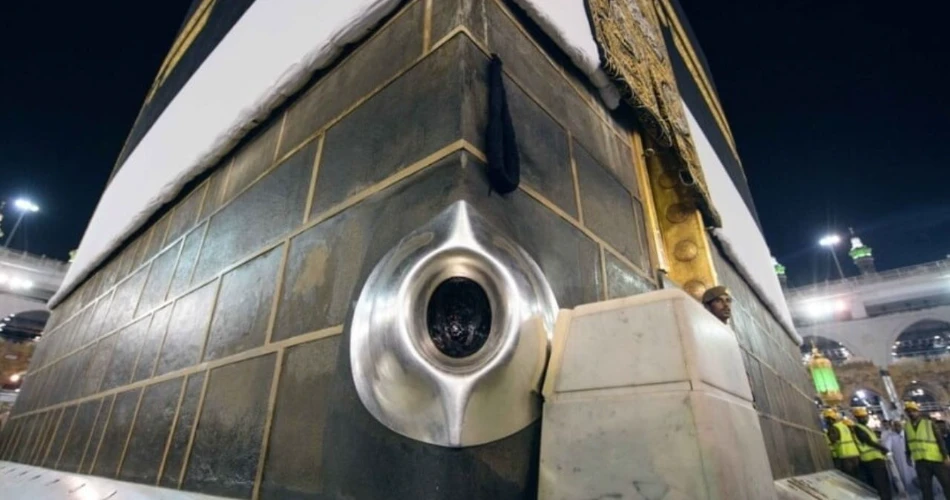
Located in the southeast corner of the Kaaba, the Hajr al-Aswad (Black Stone) is composed of several stone fragments held together and encased in silver. Although its precise origin remains uncertain, some researchers have suggested it may be a meteorite, agate, basalt, or even a form of natural glass. Whatever its makeup, it’s one of the most revered parts of the Kaaba and the starting point of Tawaf for pilgrims.
How Old Is the Kaaba?
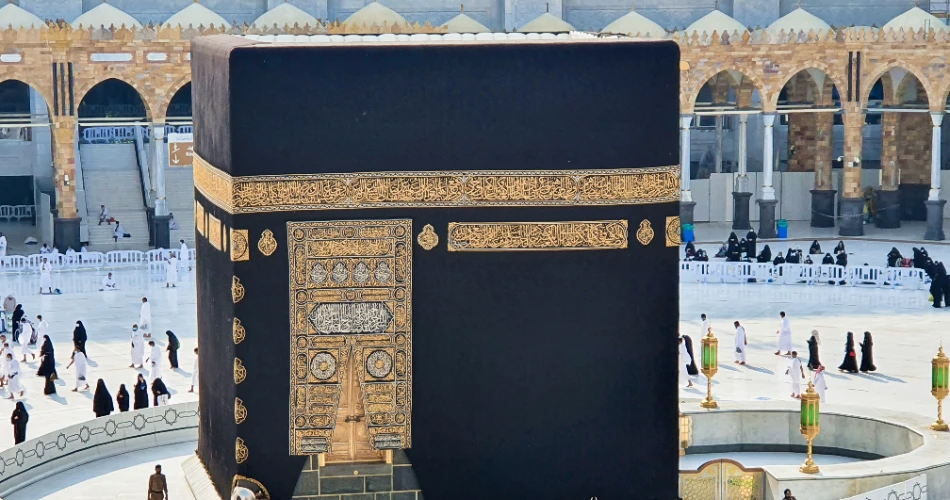
The Kaaba is believed to date back over 5,000 years, built on the original foundations laid by Prophet Ibrahim (AS) and his son Ismail (AS). Later, in 608 AD, the Quraysh tribe reconstructed it, mainly to protect it from flood damage and to reinforce its structure. This ancient foundation continues to symbolize faith and continuity across generations.
Who Can Enter the Kaaba?
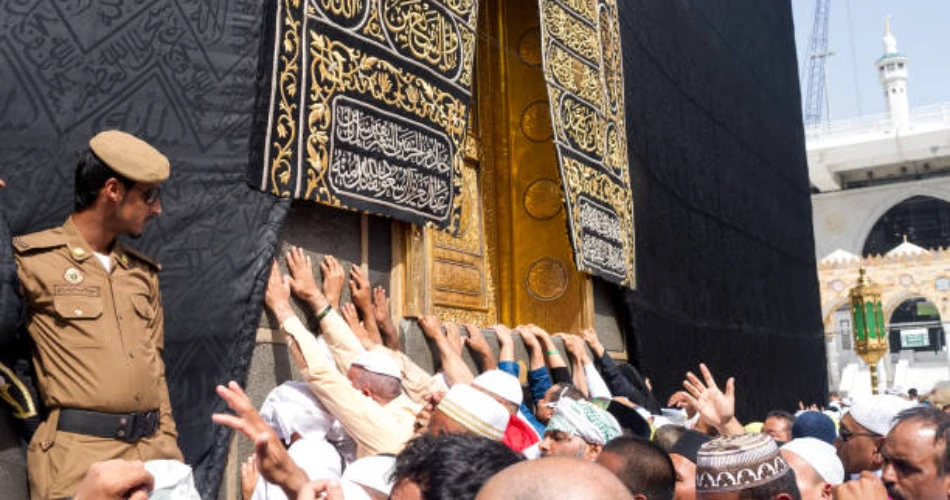
Although millions dream of stepping inside the Kaaba, entry is extremely limited. Access is managed by the Al-Shaibi family, who have traditionally held the keys to the Kaaba. Twice a year, special guests—such as diplomats and royal visitors—are invited to enter. Inside, worshippers may pray in any direction. The interior features green fabric, marble walls, three wooden pillars, golden and silver lanterns, and a beautifully ornate door known as Bab al-Tawbah.
Who Built the Kaaba?

Long before Islam, the Kaaba was already revered. Some narrations say angels—or even Prophet Adam (AS)—first raised its walls. Centuries later, Allah commanded Prophet Ibrahim (AS) and his son Ismail (AS) to rebuild the House. Working stone by stone, they restored what would become the holiest site in Islam, a standing testament to their unwavering devotion.
The Kaaba Wasn’t Always a Perfect Cube
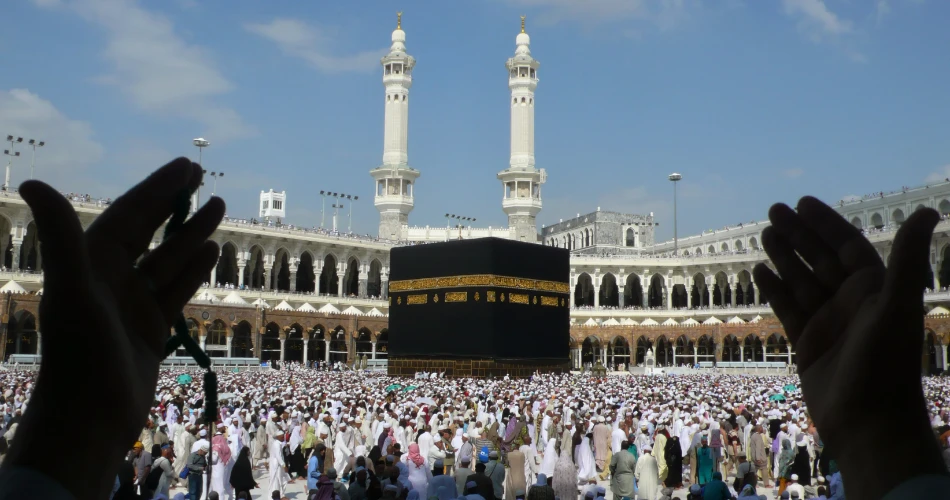
Originally, the Kaaba had an extended structure that included a semi-circular area called Hijr Ismail, which is still visible today as a curved wall adjacent to the Kaaba. It was once part of the actual building. The Quraysh tribe, just a few years before Prophet Muhammad (PBUH) received his first revelation, decided to rebuild the Kaaba using only lawfully earned money. As a result, they shortened the structure and excluded Hijr Ismail.
Over time, the Kaaba underwent several reconstructions due to both natural disasters and political events. One key moment in its history occurred when the Prophet Muhammad (PBUH), during his youth, resolved a tribal conflict by suggesting that the Black Stone be lifted by a shared cloth—an act of wisdom that united the clans. The most comprehensive renovation took place in 1996, reinforcing its structure and replacing damaged stones.
The Kaaba Has Worn Many Colors
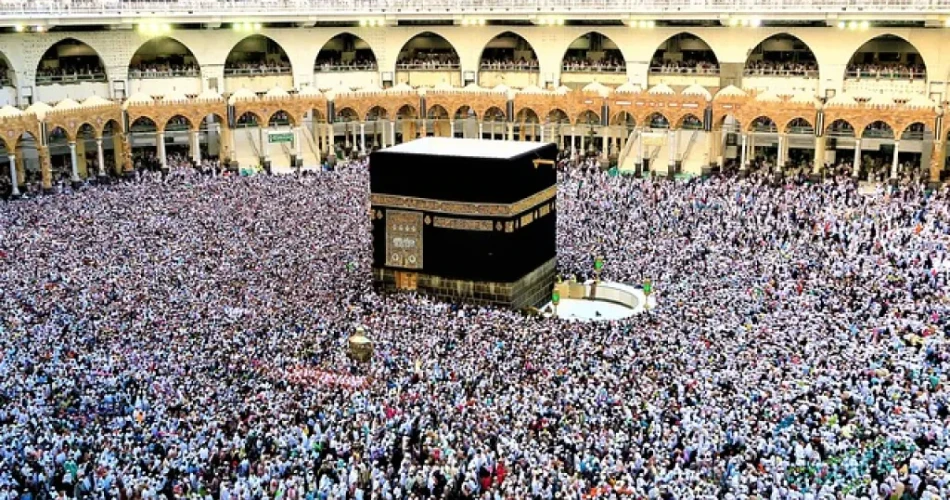
It’s hard to imagine the Kaaba in anything but its current black Kiswah, embroidered in gold. However, this was not always the case. Before the Abbasid caliphate standardized the black cloth, the Kaaba was dressed in various vibrant colors, including green, red, and even plain white. Each era had its own fabric traditions, reflecting the artistic tastes and political influences of the time.
The Interior Holds Historical Plaques
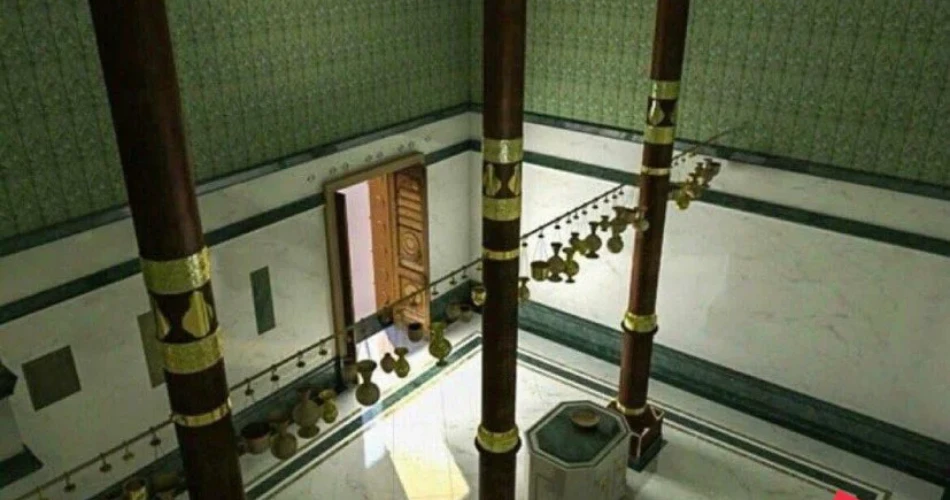
While very few people have had the honor of entering the Kaaba, those who do find something more than beauty inside. The inner walls are covered in white marble, with a green cloth draped above. The Kaaba’s interior also holds plaques commemorating historic renovations, bearing the names of rulers and leaders who helped restore or rebuild it throughout the centuries. These plaques offer a glimpse into the long history of devotion and care for this sacred structure.
9. A Unique Astronomical Alignment
The Kaaba isn’t just a spiritual compass—it’s also an astronomical wonder. At certain times of the year (notably around May 27 and July 15), the sun is positioned directly overhead the Kaaba at noon. This phenomenon causes no shadow to be cast, making it a precise moment used globally to determine the Qibla direction. The Kaaba’s perfect orientation underscores its remarkable design and divine alignment.
Searching for hotels near the Kaaba? These top choices combine unmatched views with easy access to Masjid Al-Haram:




